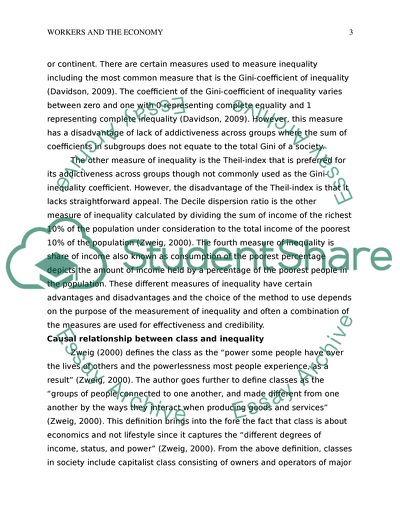Cite this document
(Workers and the Economy Essay Example | Topics and Well Written Essays - 1500 words, n.d.)
Workers and the Economy Essay Example | Topics and Well Written Essays - 1500 words. https://studentshare.org/macro-microeconomics/1857316-workers-and-the-economy
Workers and the Economy Essay Example | Topics and Well Written Essays - 1500 words. https://studentshare.org/macro-microeconomics/1857316-workers-and-the-economy
(Workers and the Economy Essay Example | Topics and Well Written Essays - 1500 Words)
Workers and the Economy Essay Example | Topics and Well Written Essays - 1500 Words. https://studentshare.org/macro-microeconomics/1857316-workers-and-the-economy.
Workers and the Economy Essay Example | Topics and Well Written Essays - 1500 Words. https://studentshare.org/macro-microeconomics/1857316-workers-and-the-economy.
“Workers and the Economy Essay Example | Topics and Well Written Essays - 1500 Words”. https://studentshare.org/macro-microeconomics/1857316-workers-and-the-economy.


